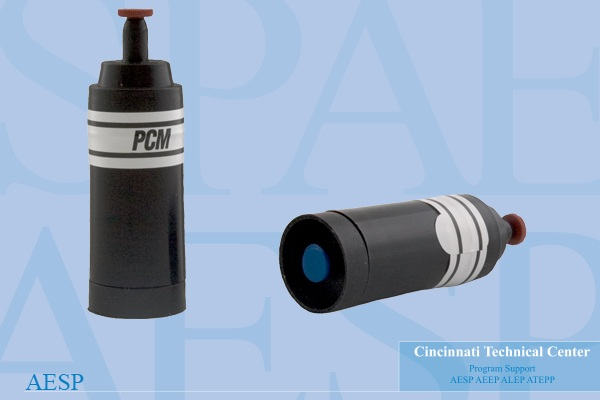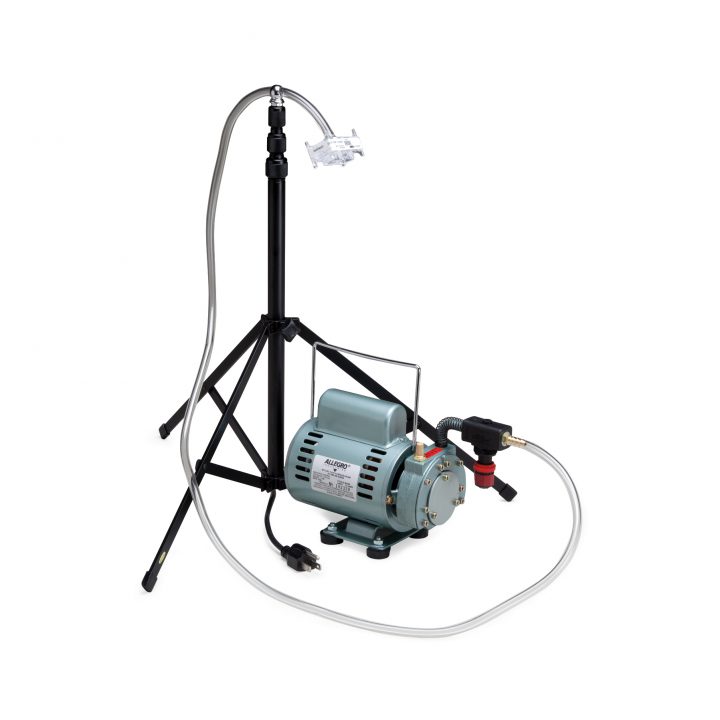Recognizing Asbestos Testing Cost Variables
Your Guide to Effective Asbestos Checking Procedures
Asbestos testing treatments are a vital part of ensuring the security of indoor environments, especially in older structures where this dangerous material might be present. The prospective wellness risks linked with asbestos exposure make it imperative to come close to testing with accuracy and thoroughness.
Understanding Asbestos and Its Risks
Asbestos, a normally occurring mineral known for its warm resistance and longevity, positions severe wellness dangers when its fibers are inhaled or ingested. asbestos inspection near me. Direct exposure to asbestos can bring about significant health problems such as lung cancer cells, mesothelioma cancer, and asbestosis. In spite of its helpful properties, asbestos has actually been widely banned in numerous countries due to the tried and tested link between asbestos exposure and these deadly diseases
The threat hinges on the tiny fibers that can conveniently become airborne when asbestos-containing materials are disturbed or harmed. When inhaled, these fibers can come to be lodged in the lungs, causing inflammation and scarring gradually. The latency period between direct exposure to asbestos and the advancement of related conditions can span a number of years, making early detection and prevention important.
Asbestos was commonly used in building and construction materials, insulation, and vehicle parts before its wellness threats were fully recognized. Today, appropriate screening and elimination of asbestos-containing products are necessary to protect people from the risks related to asbestos direct exposure.
Identifying Possible Asbestos Materials
The identification of possible asbestos materials is an essential action in making sure the safety and security of individuals revealed to dangerous materials in numerous settings. Asbestos can be found in a vast array of structure materials, consisting of but not limited to insulation, ceiling floor tiles, flooring ceramic tiles, cement sheets, and roof tiles - asbestos air testing. Determining these materials accurately is necessary to effectively handling the dangers connected with asbestos direct exposure

In situations where aesthetic inspection is inconclusive, samples of suspected products can be gathered and sent to approved laboratories for testing. These laboratories employ specialized techniques such as polarized light microscopy or transmission electron microscopy to precisely figure out the visibility of asbestos fibers in the samples. By following strenuous identification procedures, individuals can effectively alleviate the risks related to asbestos direct exposure.
Choosing the Right Testing Approach
Identification of potential asbestos materials plays a vital role in identifying the appropriate screening approach for exact asbestos fiber detection. As soon as suspected materials have been identified, picking the right testing technique is necessary to make sure reputable outcomes. There are two primary methods for asbestos testing: polarized light microscopy (PLM) and transmission electron microscopy (TEM) PLM is frequently used for first screening as it is affordable and gives quick results. Nevertheless, PLM has restrictions in detecting asbestos fibers that are smaller sized than 1 to 3 microns. On the various other hand, TEM is a more sophisticated strategy that can precisely recognize asbestos fibers at the ultrastructural level. While TEM is a lot more costly and time-consuming than PLM, it offers greater level site web of sensitivity and specificity in asbestos discovery. Selecting the appropriate testing method depends upon numerous factors such as the type of product being tested, the called for level of sensitivity of the evaluation, and the readily available budget. It is essential to speak with approved asbestos testing experts to establish one of the most appropriate approach for your details testing needs.
Performing Sample Collection Safely
When accumulating samples for asbestos screening, prioritizing security actions is paramount to minimize possible direct exposure dangers. Asbestos fibers are hazardous when interrupted, making it essential to follow appropriate safety protocols throughout sample collection - asbestos testing cost. Before beginning the sampling process, guarantee that you are geared up with individual safety devices (PPE) such as disposable coveralls, gloves, safety glasses, and masks to prevent breathing or contact with asbestos fibers
It is essential to damp the sampling location making use of a gentle mist of water to stop the fibers from ending up being airborne during collection. Usage care when gathering samples and stay clear of aggressive scraping or piercing that can launch asbestos fibers into the air. Instead, meticulously reduced a little piece of the product using suitable tools and place it right into a sealed container for evaluation by a certified research laboratory.
In addition, classifying each example with detailed info pertaining to the sampling place, date, and enthusiast's name is vital for precise record-keeping and evaluation. By complying with these security guidelines, you can Look At This perform example collection for asbestos screening efficiently while minimizing the danger of exposure.
Interpreting Examination Results and Next Steps

Final Thought
In final thought, reliable asbestos testing procedures are important in identifying and handling potential health risks connected with asbestos direct exposure. By comprehending the risks of asbestos, identifying potential materials, picking the best testing method, carrying out example collection safely, and analyzing test results precisely, individuals and companies can take the required actions to secure themselves and others from the unsafe effects of asbestos. It is essential to focus on security and correct screening procedures to make certain a healthy atmosphere for all.

Identification of prospective asbestos products plays an important role in identifying the appropriate testing method for exact asbestos fiber detection. The examination results will certainly suggest the presence or lack of asbestos, the kind of asbestos fibers present, and the focus levels.In conclusion, efficient asbestos screening procedures are important in recognizing and managing possible health threats associated with asbestos exposure. By understanding the threats of asbestos, identifying possible materials, picking the best screening method, performing sample collection safely, and translating test results precisely, companies and individuals can take the required steps to protect themselves and others from the dangerous impacts of asbestos.